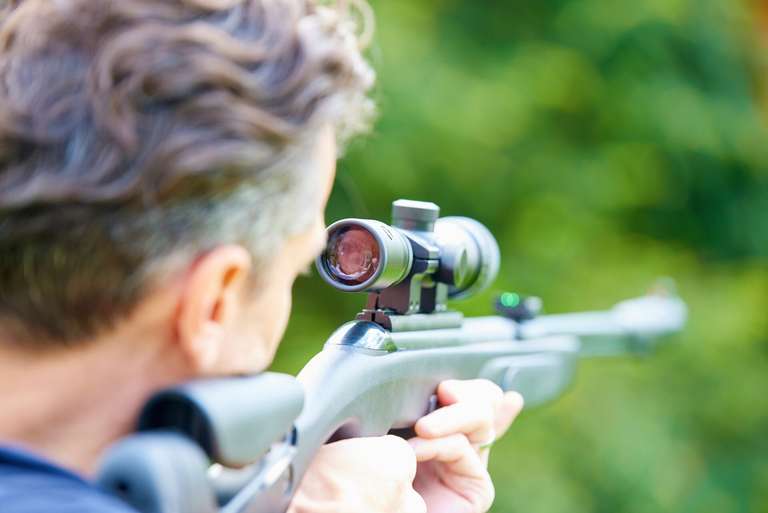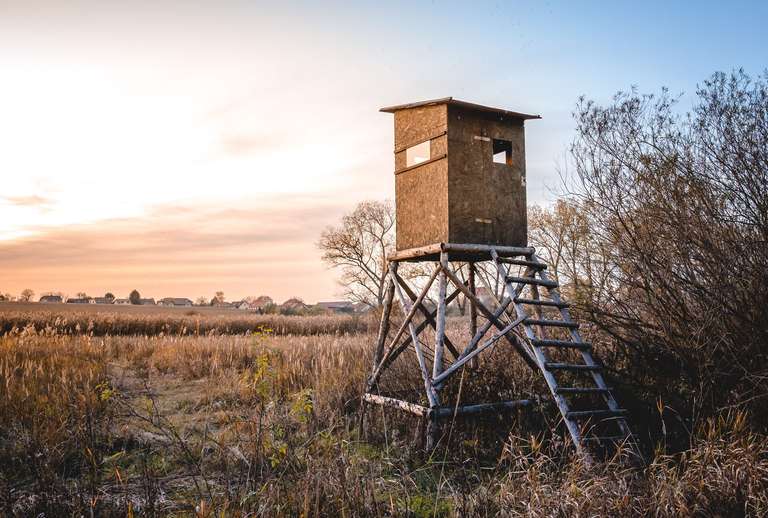11 Spring Turkey Hunting Tips for Beginners
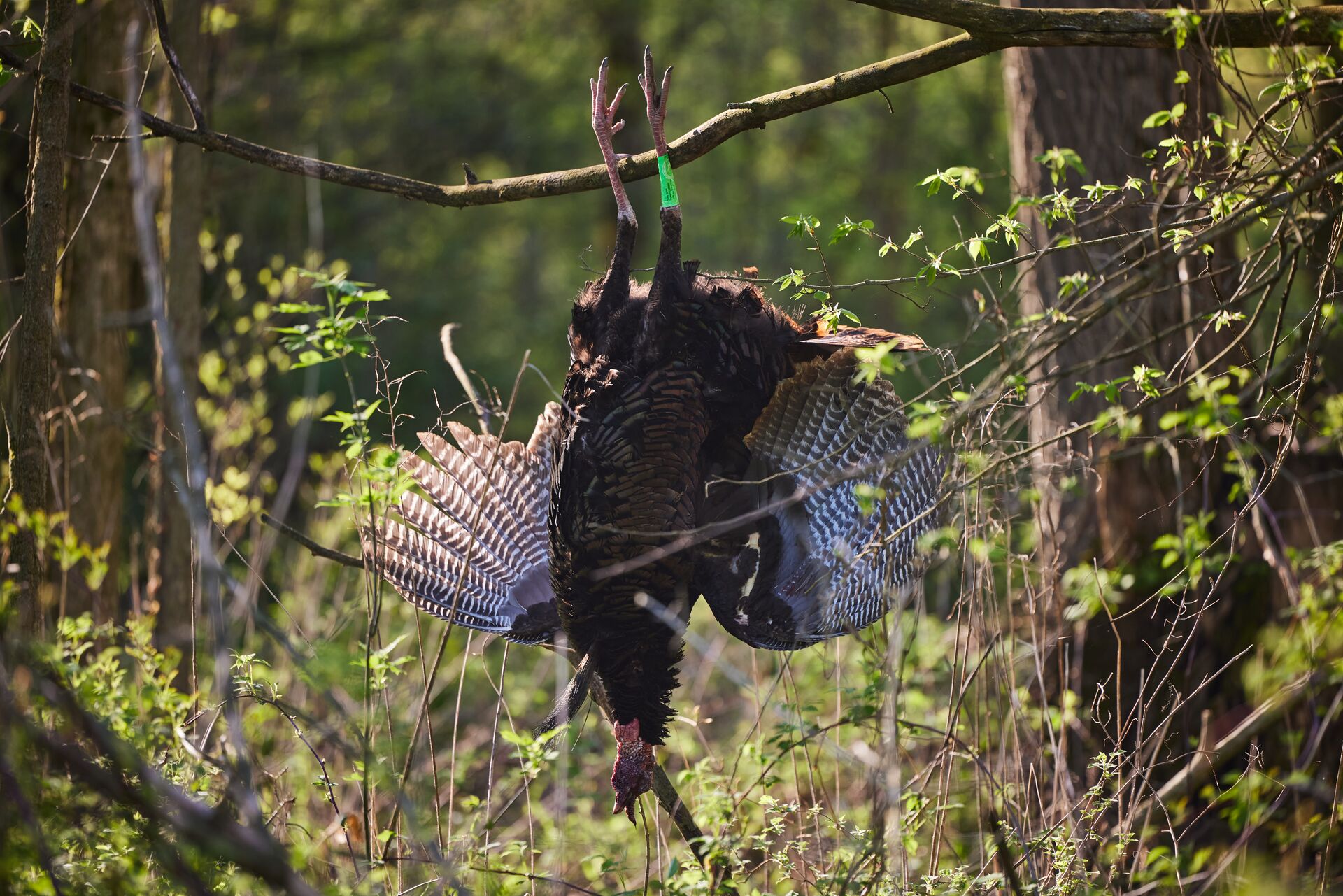
Hunting spring turkey combines skill, strategy, and patience in ways few other game animals can match. Pursuing these intelligent and wary birds is more than setting up decoys and taking an accurate shot.
If you’re ready to try harvesting a turkey, let’s explore our top eleven spring turkey hunting tips to help you prepare for a successful first season.
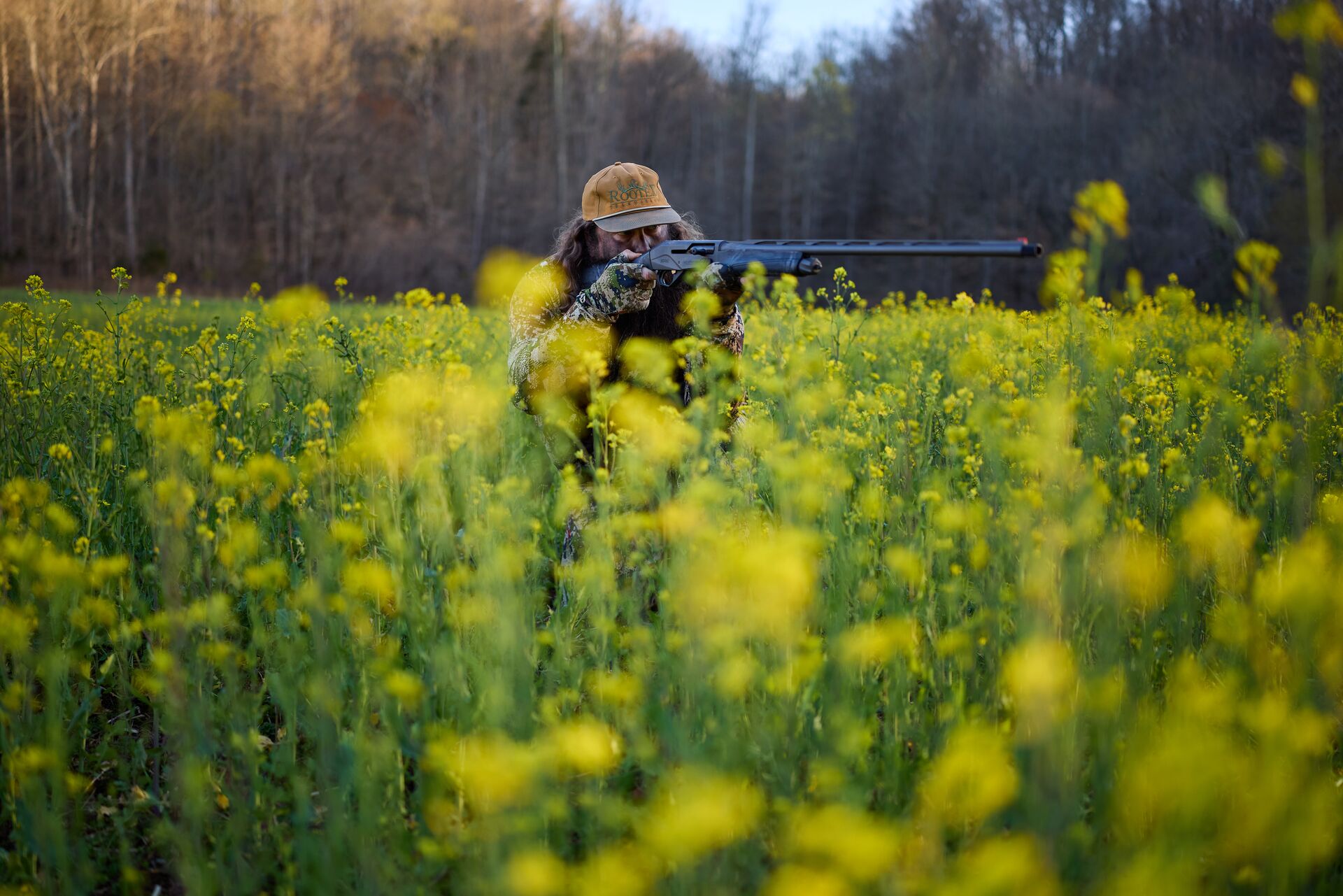
1. Know the Spring Turkey Season
The first step is to know your state’s regulations and spring turkey season dates. Some states allow only morning hunts, while others let you hunt turkeys from sunrise to sunset.
Bag limits can also vary by region within a state based on local population size. For example, Washington caps the spring turkey limit to two male birds (toms) except in one county where you can harvest three toms in the spring.
Many states also have a youth turkey season that can start 1-2 weeks before the general season.
2. Understand Spring Turkey Behavior
March through May is typically the breeding season for wild turkeys. The toms, who have lived in bachelor groups for several months, are now actively looking for hens and trying to get their attention by strutting.
These social displays mean the toms are more likely to respond to your calls and decoys, particularly in the early mornings and late evenings.
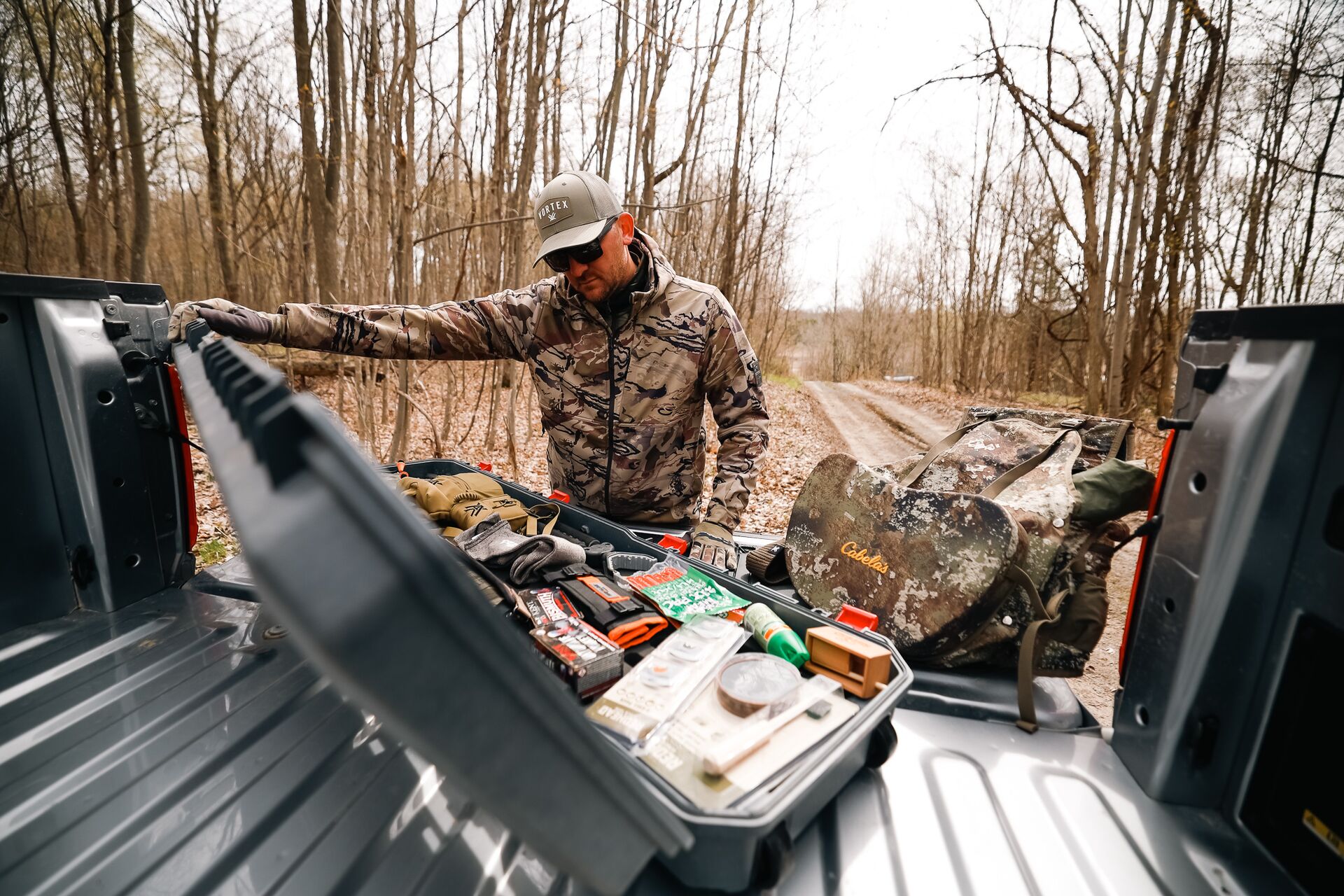
3. Gear Up for Spring Turkey Success
You don’t need to have a lot of gear to hunt turkeys.
But you do need the following essential equipment to ensure you have a successful and comfortable hunt:
- Weapon: If you’re using a shotgun, many prefer a 12- or 20-gauge shotgun with a full choke and turkey-specific loads. Compound and traditional archers use broadheads or guillotine-style heads on their arrows.
- Camouflage: Turkeys have remarkably sharp eyesight. You must wear full camouflage, including a face mask and gloves, to blend into your surroundings.
- Turkey Calls: A box call is the easiest to learn for a new turkey hunter. Slate calls take more practice, and diaphragm calls can be tricky.
- Hunting Vest: A turkey vest provides easy-access storage for calls, shells, water, and snacks. Many turkey vests also have a built-in seat cushion to make those long sits more comfortable.
- Boots: Since spring weather is typically wet and cold, wear a waterproof, lightweight boot for scouting and hunting.
Depending on your location, spring turkey season coincides with the start of the tick season. I recommend treating your turkey clothing with permethrin, including your boots, socks, gloves, and hat. Also, do a full-body tick check before stepping foot in your house.
4. Choose the Right Turkey Calls
Think of turkey calls as tools enabling you to converse with the tom. In that regard, you’re not using the call to get the bird’s attention. You’re using it to start a dialogue.
These are the most commonly used calls to achieve that goal:
- Box Call: The most beginner-friendly call for mimicking the yelps and purrs of a hen.
- Slate Call: Produces slightly more realistic purrs and clucks better suited for closer ranges.
- Diaphragm Call: The most challenging to master but allows hands-free operation and a wider range of sounds. You can even flip the diaphragm around to create a tom’s gobble.
Most hunters carry a variety of calls with them on a hunt to have them available for strategy adjustments as they observe turkey behavior (or a lack thereof).
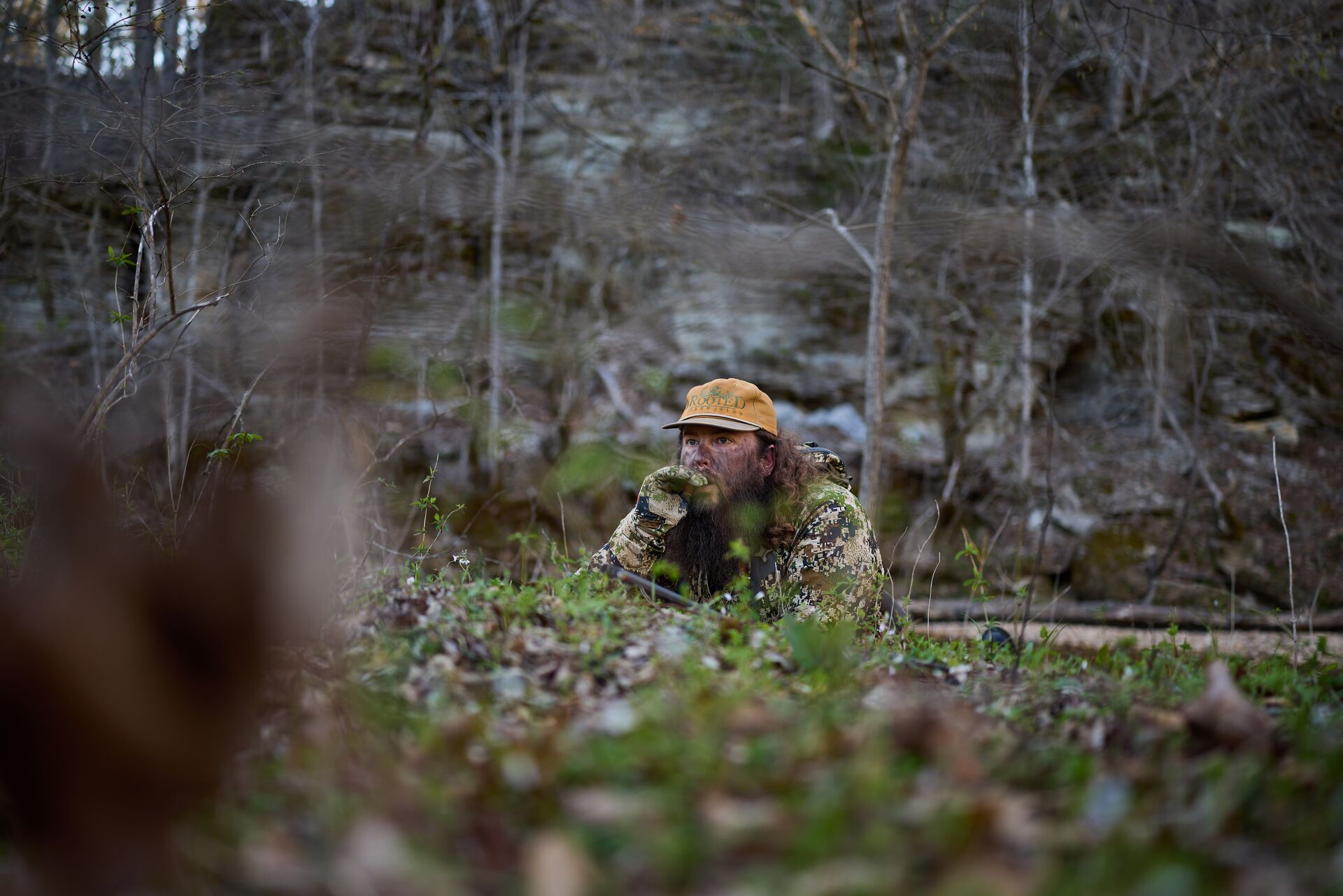
5. Master Turkey Calling Before Your Hunt
Knowing how to talk to turkeys is crucial to your spring turkey hunting tactics.
Here are a few standard calls to practice before the season starts:
- Yelp: Used by hens to say, “Here I am.” This is perhaps the most versatile call to master for getting a tom’s attention.
- Cluck: A short, sharp sound that indicates contentment or curiosity.
- Purr: A quiet rolling sound turkeys make when they’re feeding and indicates all is well in the world.
Remember that just because you can call doesn’t mean you should. Being too “talkative” can make turkeys suspicious, especially later in the season.
6. Understand Different Tactics for Calling
How you call (and when) is as important as what call you use.
If a tom has responded but is hesitant to approach, be coy. Lower your calling volume to sound more natural.
Conversely, match the gobbler’s excitement and volume with your yelps on his approach. Try cutting off his gobble with a yelp to signal an excited hen.
If the tom stops his approach, go silent. He thinks something is wrong, and the silence may spark enough curiosity to bring him in.
Again, imagine you are having a conversation with the bird. You must adapt your "words" to the situation and the individual turkey.
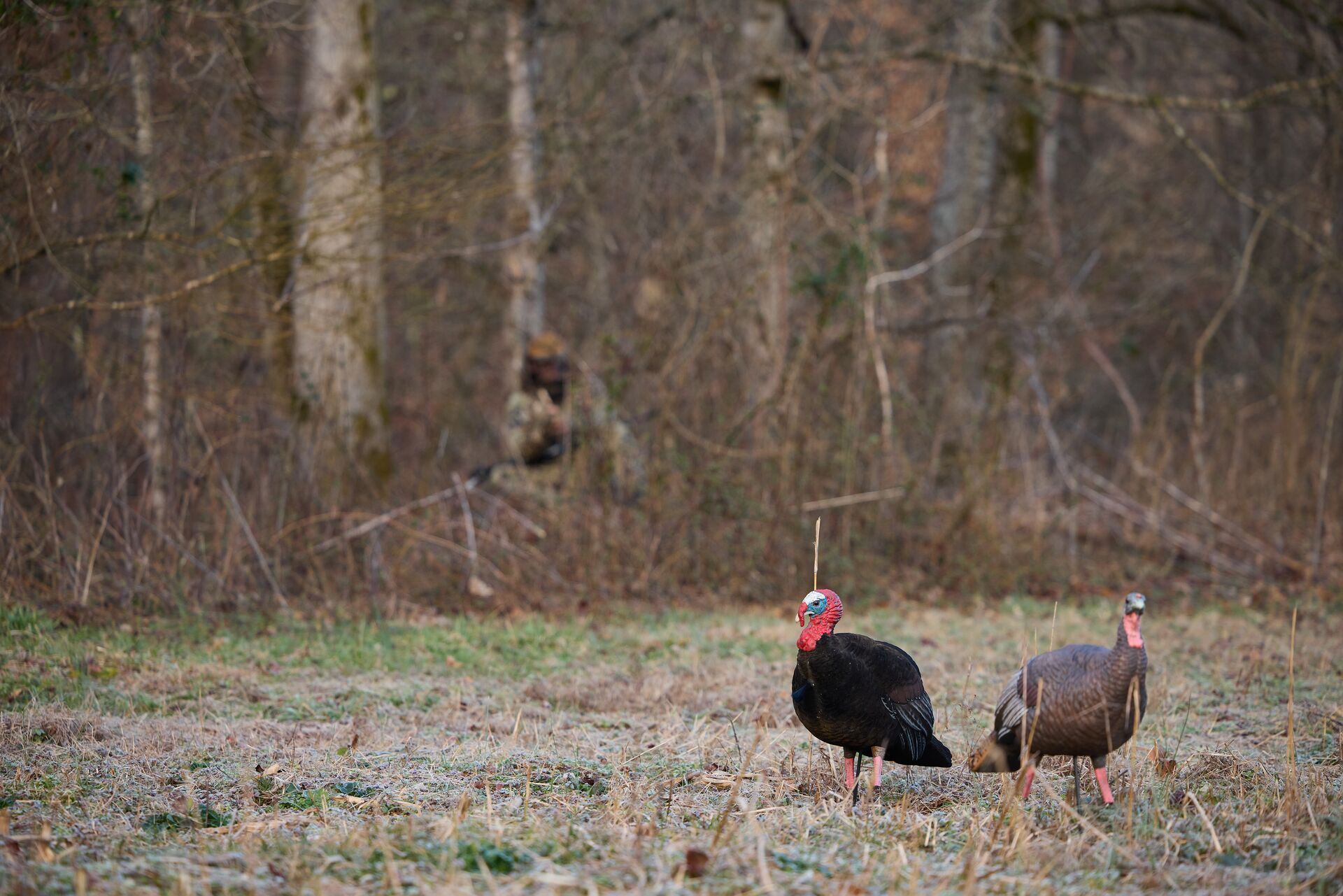
7. Plan Your Turkey Decoy Placement and Setup
Your calling is designed to bring turkeys close enough to see your decoys. Once they do, stop calling.
Position a realistic hen and jake (young male turkey) decoy about 20-30 yards in front of your shooting position. If you’re bowhunting, place the decoys within your effective range.
The hen decoy is the show's star and will catch the lonely tom’s attention. The jake should trigger territorial behavior and aggression.
Some hunters also find success replacing the jake decoy with a tom in the strut position. This setup is more likely to work with older, more dominant toms wanting to fight every male.
8. Learn How to Scout for Turkey Activity
Learning how to hunt turkey in the spring begins with finding where they are.
Start by looking for tracks and droppings near transition areas between forests and fields. Try to follow the tracks until you find the turkey’s roosting tree. This will typically be a tall tree with lots of droppings and feathers at the base of the tree. Although turkeys will use different roosting trees, they tend to start and end their days at one of these trees.
Just before sunrise, you’ll hear toms gobbling. Zero in on this sound to identify a potential roosting location.
Enlist the help of your smartphone. Use a hunting app like HuntWise to search for prime hunting areas and drop pins to mark roosting trees and flock locations.
9. Perfecting Your Setup
Turkeys can see in color three times more clearly than people with 20/20 vision. They also have a 270-degree field of vision. To reduce your chances of being seen, wear camouflage from head to toe, break up your outline with natural cover, or hide in a pop-up blind.
Toms like to approach decoys from behind, so arrange your decoys where you’ll be positioned in the turkey’s blind spot.
Limit your movement, and don’t move once the turkey is in range. You need to be ready to shoot before the bird approaches the decoys. Turkey hunting requires patience and the ability to resist minor adjustments once the tom is in range.
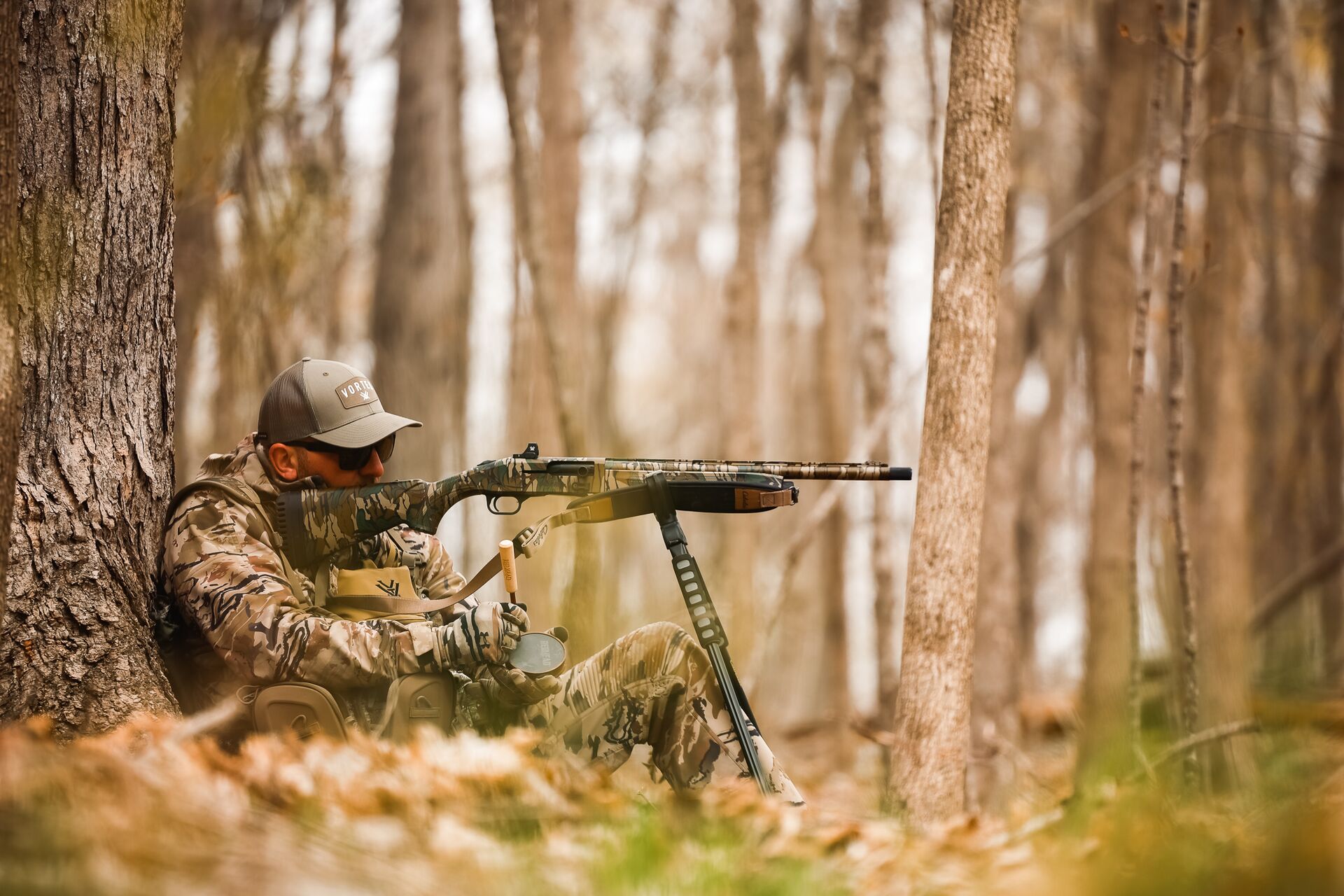
10. Timing Is Everything with Spring Turkeys
Like every animal, turkeys are creatures of habit and follow daily movement patterns. Turkeys are most active, and toms are most vocal just before sunrise and during the following two hours.
By midday, the flock’s activity has slowed, and the birds may be resting. This is when most hunters pack up and go home. However, lonely toms may start roaming for hens, so stay vigilant.
As they return to their roosts, turkeys will start getting vocal just before sunset. If you’re not near a roosting location, this is the time to use your spot-and-stalk skills.
11. Always Put Safety First
To ensure a safe and productive spring turkey hunt, keep these key fundamentals in mind:
- Know your target. Never shoot at sounds or movements. Always positively identify the turkey and the turkey’s gender before firing.
- Be mindful of other hunters. Turkey hunting is popular, and you will likely encounter other hunters. Don’t wear red, white, or blue, which could be mistaken for turkey head colors.
- Wear safety orange on the walkout. Once you harvest your bird, wear an orange cap and vest to stay visible while walking out with your tom. You can even put an orange flag on the bird.
We'd argue that putting safety first is the most important of these spring turkey hunting tips — even though it's the last one on our list!
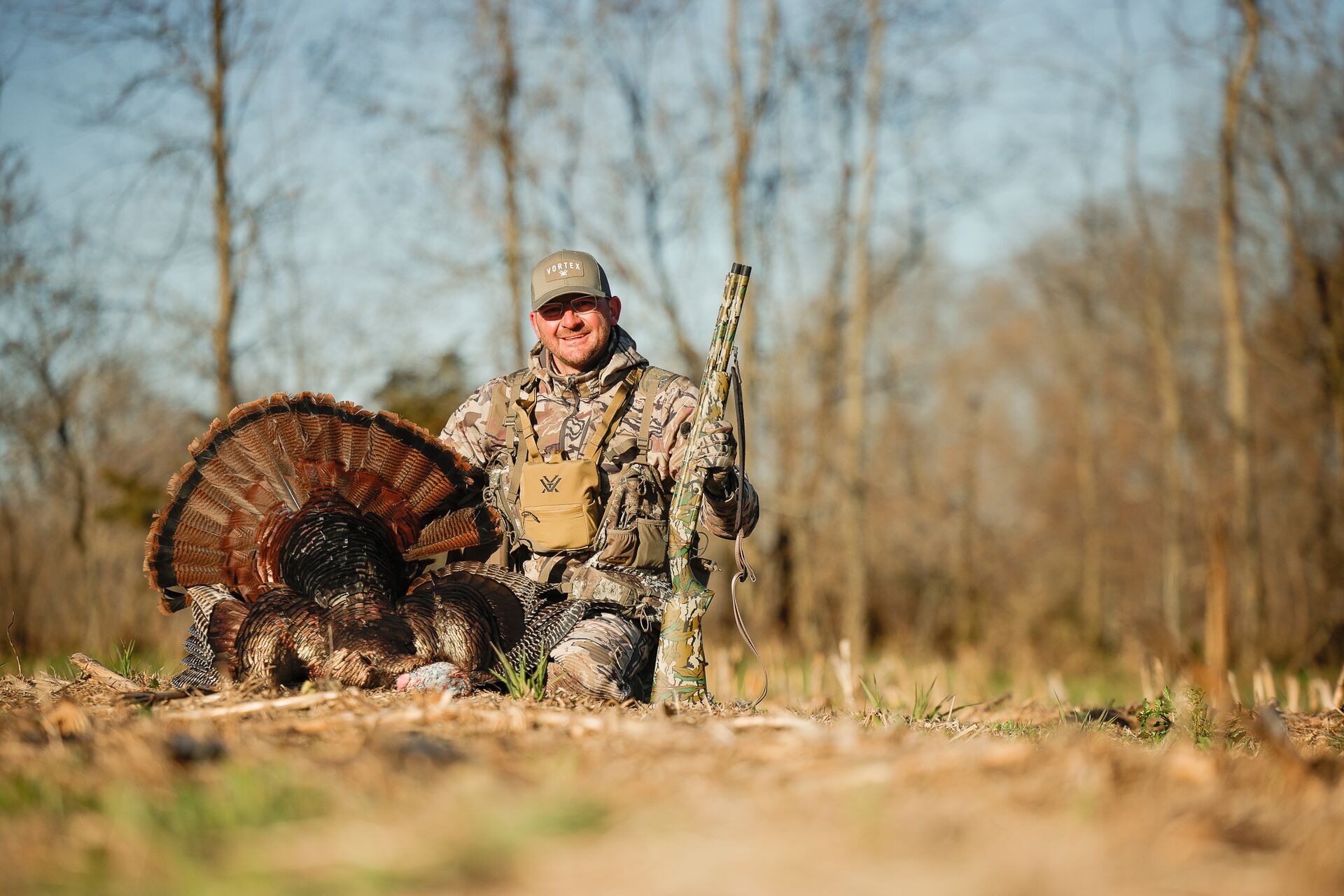
Use These Spring Turkey Hunting Tips for Success!
Hunting wild turkeys in the spring can provide frustratingly fun challenges and a lifetime of rewards. You'll dramatically increase your chances of harvesting a trophy tom by better understanding turkey behavior, becoming fluent with turkey calling, and perfecting your setup.
If you’re new to hunting or want to sharpen your skills — or if you haven't yet met your state's requirements for hunter education before your spring turkey hunt — take a hunter safety course from ilearntohunt! Our state-specific courses cover critical firearms safety, ethical hunting practices, and basic hunting strategies to help you have a safe and successful season.
Have a safe and successful spring turkey hunt!
Choose the ilearntohunt course for your state, pass the final exam, and then get after those gobblers.

Plan a successful turkey hunt with HuntWise! Use the HuntWise hunting app to scout for potential bedding areas, roosting spots, and turkey corridors to find the ideal place to set up your blind and decoys, then wait for those big birds to answer your calls.
ilearntohunt students who complete their course and pass the final exam can take advantage of a 30-Day Free Trial of HuntWise!
To claim it, visit your dashboard.



